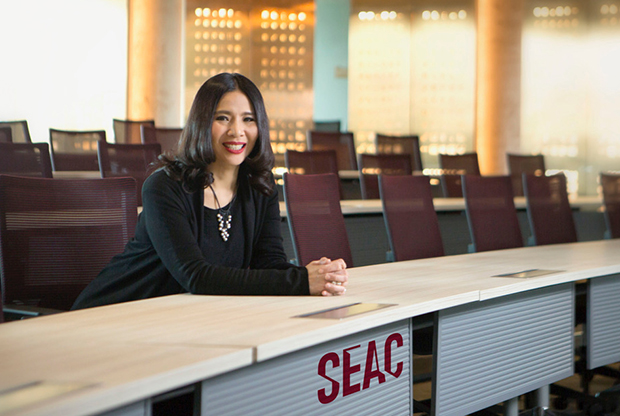
by ARINYA TALERNGSRI, Bangkok Post
In today’s fast-paced marketplace, shorter product life cycles, extreme competition, extensive unpredictability and demanding customers are among the factors compelling companies everywhere to become highly responsive to change.
Because change is the new normal and business reality regardless of which industry you are operating in, the only way to stay relevant is to be able to respond to change fast enough.
Meanwhile, the voices of customers are growing louder, as they share their needs, likes and dislikes virally online, meaning that companies have to frequently redesign products, services and strategies to stay competitive.
We have talked before about how Millennials have very high expectations of every company and every product or service that they use — and zero tolerance for anything that is hard to use or deal with. Everything must be simple, easy-to-use, and right the first-time. Ideally, experiences should be personalised and deeply authentic. The thing is, I don’t think it’s just the Millennials who feel this way these days: we all have the same expectations regardless of age.
You don’t have to have been born between 1980 and 2000 to live on your smartphone or embrace social media. In fact, I don’t think young people are the only ones who seek out purpose in their careers, not just money, or who want to make a difference. The reason is that we can all become part of ‘Generation C’ now.
You’re probably familiar with other generations by now — from Baby Boomers to Generation X or Generation Y. So what exactly is Generation C?
Depending on whom you talk to, the “C” in Generation C can refer to everything from “collaboration” to “community”,“computerised”, “content” and the most fundamental answer, “connectivity”.
Brian Solis, a renowned digital analyst, once observed: “Generation C represents a connected society based on interests and behaviour. Gen C is not an age group — it’s a way of life.”
That’s right, there is no cutoff date. You can be 18 or 80 and still belong to Gen C. Nor is it defined by socioeconomic status, ethnicity, geography or any of the classic demographic markers. Simply stated, what sets Gen C apart is connectivity, in its fullest sense.
This highly connected generation will virtually live online, comfortably participate in social networks with several hundred or more contacts, binge-watch on-demand shows, get their news on mobile devices, and communicate through texts and tweets.
As a consequence, this generation will expect fast, reliable connectivity. Through technology, they have more control than ever, and with this control comes new expectations, and these expectations demand prompt satisfaction, personalised service, and even individual attention.
Now that you everyone can be Gen C, what are implications for business?
Certainly, I’d say it’s the end of business as usual and the beginning of a more human and more personal era of doing business. Every business has to face the challenge of meeting the increased expectations of connected customers.
To thrive, brands must unlearn the traditional marketing techniques and relearn what they know by thinking like the customer and bringing the experience down the personalisation of each and every individual. This can be done by using Design Thinking.
When you look at the companies that have reset our expectations, the ones that have created this culture of utility, ease and convenience, they have one critical commonality — they all use Design Thinking. This is the process and mindset of human-centred design that places your customer at the heart of what you do through deep and genuine empathy.
The heart of the process is in understanding the problem by empathising with customers. This means going out and watching people using the products or services or tackling the issues that you’re interested in fixing — living in their shoes, and seeing through their eyes. This process is so powerful because people aren’t very good at telling you what they need but they’re really good at showing you if you know how to look.
All in all, Generation C is everywhere. The digital transformation and all the cultural changes that have accompanied this increase in connectivity have surely cut across traditional demographics. Hence, great solutions can be found through true empathy with customers; a genuine desire to understand their world and its challenges and find solutions is the only option businesses can pursue if they want to stay in business.
UPDATE: Since the pandemic, Generation-C has now evolved into Generation-N (Forbes | Fast Company).

Brian Solis | Author, Keynote Speaker, Futurist
Brian Solis is world-renowned digital analyst, anthropologist and futurist. He is also a sought-after keynote speaker and an 8x best-selling author. In his new book, Lifescale: How to live a more creative, productive and happy life, Brian tackles the struggles of living in a world rife with constant digital distractions. His previous books, X: The Experience When Business Meets Design and What’s the Future of Business explore the future of customer and user experience design and modernizing customer engagement in the four moments of truth.
Invite him to speak at your next event or bring him in to your organization to inspire colleagues, executives and boards of directors.





Leave a Reply